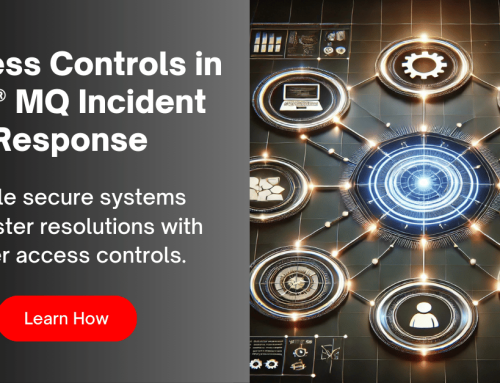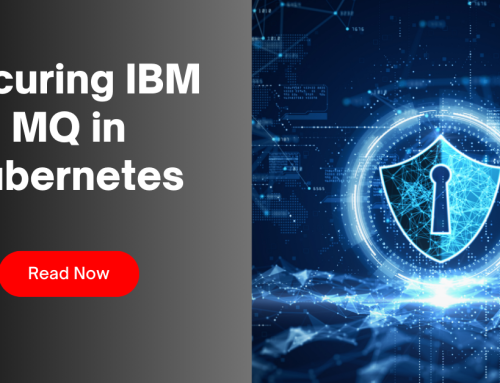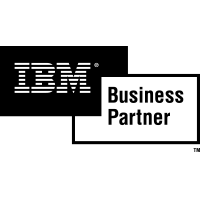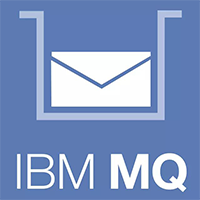- Conduct a Thorough Assessment
- Define Integration Objectives and Strategy
- Prioritize Data Standardization and Cleansing
- Unifying Disparate Systems
- Ensuring Data Security and Compliance
- Ensure Regulatory Compliance
- Continuous Monitoring and Optimization
- Employee Training and Change Management
- INTEGRATING DATA AND TEAMS SECURELY WITH INFRARED360®
- Role Based Access Control
- ACHIEVE DATA MONITORING WITH OWNERSHIP AND SECURITY
- More Infrared360® Resources
Efficiently Integrating Banking & Financial Transactional Systems from Mergers & Acquisitions
Over the past few years, the banking and financial sector has seen an increase in mergers and acquisitions (M&A), leading to a need for integration of various, disparate applications and IT systems to ensure more efficient and customer-oriented operations.
As part of their growth strategy, these financial institutions merge with or acquire companies around the world, each with their own back-office systems. Organizations are always on the lookout for ways to optimize their IT systems to accelerate the incorporation of new acquisitions for integrating banking & financial transactional systems into the company’s ecosystem. Successful integration not only streamlines operations but also ensures data accuracy, compliance, and efficiency. Here are a few key considerations for efficiently integrating financial transactional systems during M&A:

Conduct a Thorough Assessment
Start by conducting a comprehensive assessment of both organizations’ financial systems. Understand their architectures, databases, workflows, and regulatory compliance standards.
Define Integration Objectives and Strategy
Establish clear objectives for integration, whether it’s consolidating systems, harmonizing processes, or maintaining separate systems temporarily.
Develop a robust integration strategy aligned with business goals, outlining timelines, milestones, and key performance indicators (KPIs).
Prioritize Data Standardization and Cleansing
Standardize data formats, coding structures, and naming conventions across systems to ensure compatibility and ease of integration.
Invest in data cleansing and deduplication processes to enhance data quality before migration or consolidation.
Unifying Disparate Systems
During M&A, organizations often inherit a diverse ecosystem of financial systems. Messaging middleware plays a pivotal role in unifying these disparate systems, allowing for seamless data flow between legacy systems, ERPs, CRMs, and other transactional platforms. Messaging middleware like IBM MQ, Kafka, IBM App Connect Enterprise, and others serves as the backbone for facilitating communication and data transfer between these diverse financial systems within merging entities.
Enabling Real-time Data Exchange
One of the key strengths of messaging middleware lies in its ability to enable real-time data exchange. This capability ensures that critical financial data, including transactions, account information, and operational data, is promptly shared between systems, facilitating informed decision-making. Similarly it’s critical that any management and reporting solutions for your middleware is able to provide actual real-time monitoring, alerting, and administration capabilities (caution here: many say they’re real time but are not. Look into our information on True Real-Time Monitoring™ to learn more).
Scalability and Flexibility
As the merged entity evolves, scalability becomes imperative. Messaging middleware’s inherent scalability supports increased transaction volumes and system demands, ensuring uninterrupted operations during growth. Your Messaging architecture must be capable of scaling effectively, while also being adaptable for deployment in containerized environments and across various platforms, including cloud and hybrid systems. This adaptability is key to maintaining performance and efficiency in a rapidly changing technological landscape.
Integration Best Practices
Implementing messaging middleware for financial system integration demands adherence to best practices. This includes comprehensive planning, defining data mapping standards, ensuring message reliability, and conducting thorough testing to validate seamless data exchange. Be sure you have effective tools with capabilities to test with real-world (often customized) messages. “Hello World” testing is insufficient across disparate systems. Check out this article on Load Testing to learn more.
Strategic Alignment and Future-readiness
Messaging middleware integration should align with the strategic vision of the merged entities. It should also be future-ready, allowing for easy integration of new systems or technologies as the organization evolves.
Ensuring Data Security and Compliance
Amidst M&A, ensuring data security and compliance is paramount. Messaging middleware adds an additional layer of security, providing features such as encryption, authentication, and access control to safeguard sensitive financial information while adhering to regulatory requirements.
Ensure Regulatory Compliance
Prioritize compliance with industry regulations and data privacy laws throughout the integration process. Conduct regular audits to ensure adherence to standards.
Continuous Monitoring and Optimization
Continuously monitor integrated systems and the middleware integrating them for performance, data accuracy, and user feedback. Optimize systems based on insights gathered, refining processes and addressing any shortcomings.
Employee Training and Change Management
Provide comprehensive training to employees on new systems and processes to ensure a smooth transition. Implement effective change management strategies to mitigate resistance.
Establishing data ownership and collaboration between employees across business units and IT teams throughout the global enterprise is also crucial to expediently integrating the systems of new acquisitions. Data ownership is important to ensure that teams take responsibility for their data, allowing for quicker problem-solving in production scenarios. Ad-hoc problem-solving can be challenging when a problem area comprises multiple servers, and multiple objects on those servers need to be changed simultaneously. Things get more complex when someone from the business unit or units is needed to review, interact, or verify that the proposed changes will, in fact, correct the issue.
When another business unit or a business leader is brought into the problem resolution, effective collaboration can be imperative. Collaboration can help to reduce friction and increase velocity, ensuring that companies are more responsive to customers. A collaborative approach to M&A problem resolution is often critical to ensure a successful integration of new acquisitions into the company’s ecosystem.
INTEGRATING DATA AND TEAMS SECURELY WITH INFRARED360®
Infrared360®, a web management portal offered by Avada Software, provides a middleware management and monitoring solution for companies seeking to integrate their teams and data securely, including the integration of banking and financial transactional systems. The product offers a variety of features, such as performance monitoring, testing, auditing, reporting, and administration capabilities that enable IT employees to take ownership of their data and collaborate with business units on issue resolution.
Should any problems arise, such as application breakdowns or messaging object malfunctions, administrators can easily identify and resolve the issue through an administration portal. This portal promotes efficient collaboration and ensures the smooth integration of newly acquired entities and banking and financial transactional systems.
Role Based Access Control
Infrared360’s Trusted Spaces feature enables admins and subject matter experts from the business unit to collaborate effectively by sharing and viewing only the problem environment that impacts them. The role-based permissions ensure that the collaborating subject matter expert can only assist and not effect changes themselves. The solution is made possible by allowing delegation of administration to end-users for their own virtual sandbox, applications, or departmental environments.
Infrared360’s Trusted Spaces allows you to set permissions for individual users or groups of users. These groups can be categorized by location, application, department, or any other classification you need. By selecting the appropriate options, you can assign a user or group to a specific collection of objects, and define a set of permissions or roles that determine what they can see and what actions they can perform with those objects.
Trusted Spaces fosters a truly proactive approach to enterprise messaging by providing secure collaborative solution capabilities when researching alerts and incidents before they become issues. This collaborative approach has helped Avada Software customers reduce time to resolution and decrease annual hours spent resolving trouble tickets by 90%. It allows you to get MQ into everyone’s hands, regardless of their technical experience.

ACHIEVE DATA MONITORING WITH OWNERSHIP AND SECURITY
In an organization with many systems working together, effective data monitoring with ownership and security is crucial for identifying and addressing issues quickly. Monitoring and support profiles play a vital role in identifying the components that belong to specific teams to move quickly and effectively solve problems in a production scenario.
Avada Software not only assures access to data through a secure identity sign in as well as provides secured monitoring and rules to ensure that sensitive and secure data is protected from unauthorized access. Using Infrared360, organizations can create and manage complex alerts that notify relevant personnel for specific business units or applications. This is achieved without the use of rule engines, scripts, or any programs, which helps businesses to maintain focus on their core operations.
To ensure proper security, not everyone can have access to sensitive data, and Infrared360® works well with many different security measures. It enhances visibility and accessibility of interactions and interfaces for employees, helping with integration among teams and enabling seamless collaboration between team members while integrating banking and financial transactional systems.
To see how Infrared360® helps organizations seamlessly manage their disparate systems and more, schedule time to see a live demo today.
More Infrared360® Resources
More Infrared360® Resources























